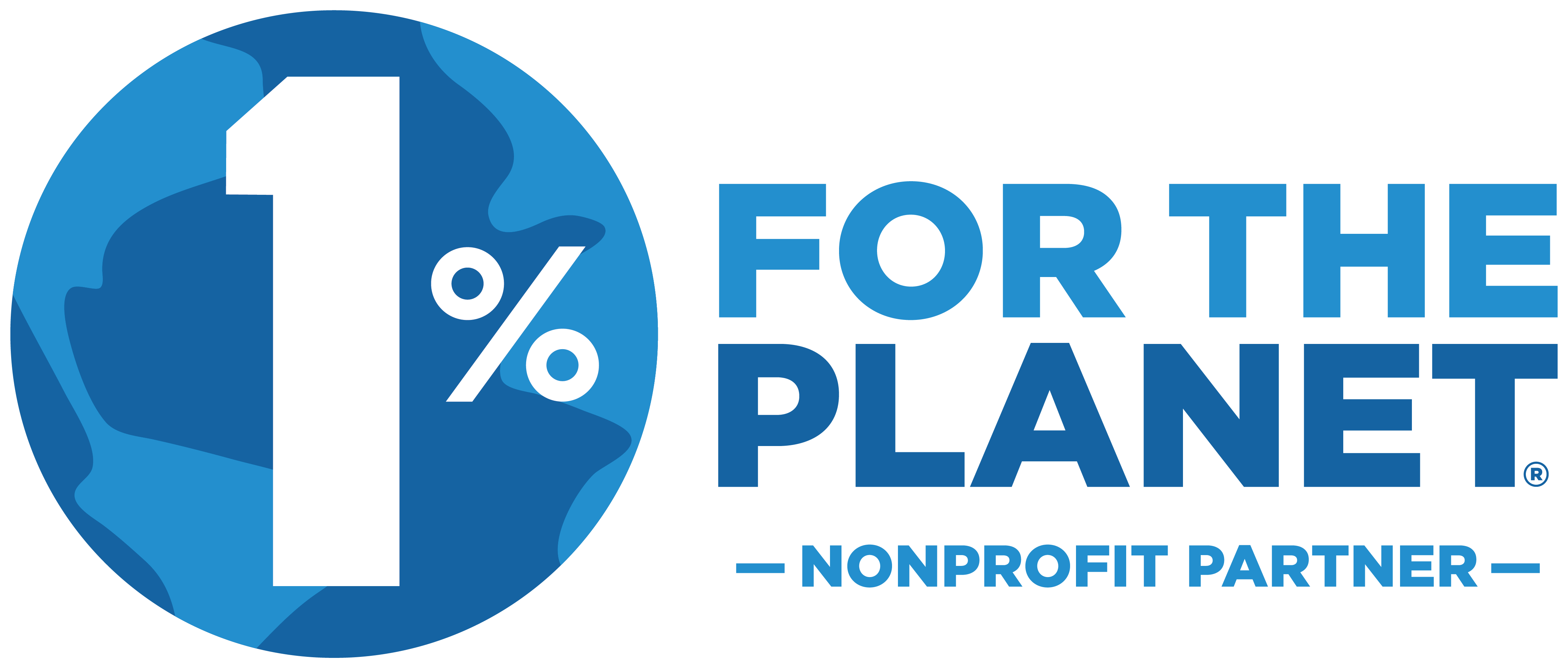By Ronah Nakirya, Emmanuel Lutaaya and Agnes Mirembe, Action for Rural Women’s Empowerment (ARUWE) Uganda
The ability to realize sexual and reproductive health & rights (SRHR) is critical for the health and well-being of all women. The Sustainable Development Goals (SDG) Framework marks huge progress in addressing women’s reproductive rights.
SRHR encompass efforts to eliminate preventable maternal and neonatal mortality and morbidity, to ensure quality sexual and reproductive health services, including contraceptive services, and to address sexually transmitted infections (STI) and cervical cancer, violence against women and girls, and sexual and reproductive health needs of adolescents. Fulfilment of SRHR positively impacts economic, educational and sustainable development outcomes for all. This is particularly the case for women and girls, who face disproportionate challenges to realizing their SRHR. Water, sanitation and hygiene (WASH) also plays a significant role in the quality of SRH service delivery and the realization of SRHR. Poor access to gender-sensitive WASH facilities limits women’s and girls’ ability to manage their menstrual period privately and hygienically.
Despite commitments by the government of Uganda, women and girls continue to face difficulties in accessing SRHR services. The COVID-19 pandemic however, is deepening pre-existing inequalities, exposing vulnerabilities in social, political and economic systems which are in turn amplifying the impacts of the pandemic. As reported in previous health and humanitarian emergencies, sexual and reproductive health services are likely to be scaled back. This can result in an increased risk of maternal mortality, unintended pregnancies and other adverse sexual and reproductive health outcomes among women and girls.
Covid-19 impacts on SRHR services
- Disruption of health care delivery
- Limited access to sexual and reproductive health services
- Increased teenage pregnancies and motherhood
- Limited access to hand hygiene and sanitation
How big is the problem?
Malaria is the leading cause of death in Uganda. In 2019, it claimed 4000 lives and infected more than 13 million people. With the movement restrictions during COVID-19, malaria infections were projected to increase by 22% and the number of deaths to double. The supply of critical material for malaria control also suffered disruptions. A UN Women survey (2020) in Uganda showed that 57% of the respondents could not access healthcare services due to COVID-19 restrictions or fear of contracting the disease. Early evidence indicates that COVID-19 has both direct and indirect effects on maternal mortality, with some estimates as high as 56,700 additional maternal deaths.
Among those who needed SRHR services but could not access them, transport issues presented the most common challenge. Projections from UNFPA suggest lack of access to modern contraceptives for 47 million women could result in up to 7 million unintended pregnancies if the lockdown continued for six months.
The Ugandan government’s efforts to reduce teenage pregnancy have been hampered by the COVID-19 pandemic. Media reports and household surveys during the COVID-19 pandemic indicated that teenage pregnancy rates increased in 2020. UNHCR (2020) survey in Kampala shows a 21% increase in teenage pregnancies and 18% in child marriages, leading to school dropout and other health and social consequences for girls. The increase in teenage pregnancies registered during COVID-19 has implications for healthcare and the aspirations of adolescent girls.
The 2017 Adolescent Health Risk Behaviours in Uganda national study revealed 26% of the adolescents reported menstrual-related school absenteeism. Although the predominant reason for school absenteeism was the feeling of sickness, a substantial proportion of young girls miss school due to the lack of pads.
What can be done?
- Develop a coordinated system that ensures continuity of essential services
- Gender and rights-based advocacy
- Investment in public health infrastructure
- Behavior change communication
Recommendations
- GOVERNMENT should ensure that health services continue to operate safely, and that gender responsive public health policies and support systems are in place to support SRH of women and girls and their newborns.
- ALL ACTORS develop and promote a shared advocacy contributing to the formulation of national strategies which promote a gender-transformative agenda in SRHR and WASH solutions, including women’s perspectives and leadership in decision-making about health and emergency response.
- GOVERNMENT AND IMPLEMENTING AGENCIES should invest in core public health infrastructure, including water and sanitation systems in the communities and schools, to ensure access to health services, clean water, decent sanitation and good hygiene; and ensure systematic access of SRHR services in disease outbreak response.
- GOVERNMENT AND IMPLEMENTING AGENCIES should train frontline health care workers delivering SRH services in hygiene-related infection prevention and control, and establish mechanisms to deliver the services during emergencies.

- ALL ACTORS should adopt an integrated communication and service approach that combines holistic sexuality and menstrual health education, access to gender-sensitive WASH facilities, access to hygiene products, and including a range of menstrual products.
- ALL ACTORS should increase the focus of menstrual health as a critical pathway to improving SRHR.
Read the full policy brief (including references) here.
Find out more about One Girl’s Girls Emerge Program delivered in partnership with ARUWE in Uganda.




